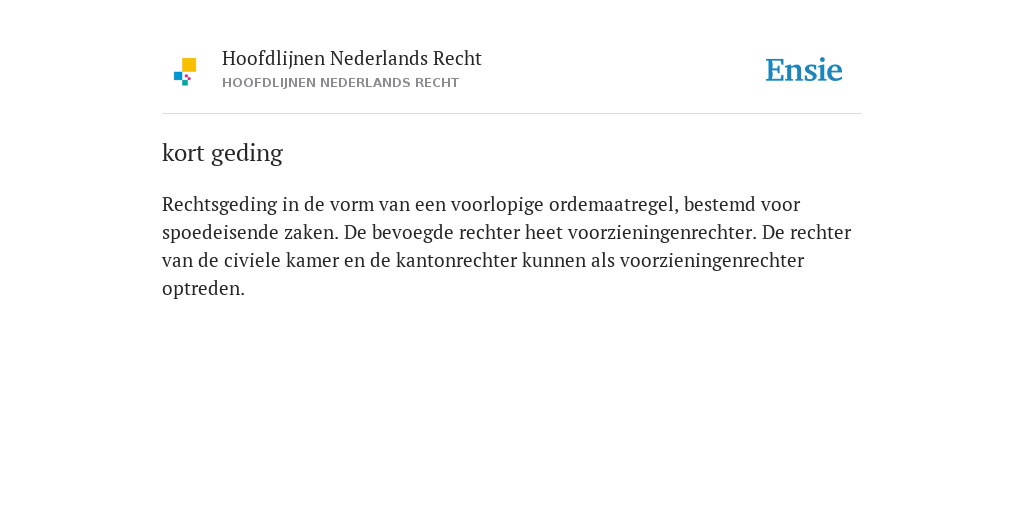Corrections And Clarifications: A Guide To Accurate Reporting

Table of Contents
Corrections and clarifications are formal acknowledgements of errors in published information. They are essential for maintaining journalistic integrity, upholding public trust, and demonstrating a commitment to accuracy. Failing to address errors can lead to legal issues, reputational damage, and a loss of credibility. This guide will equip you with the tools and knowledge to effectively manage corrections and clarifications, ensuring your reporting remains accurate and trustworthy.
Identifying Errors and Mistakes in Reporting
Preventing errors is the first step towards accurate reporting. Proactive measures are far more effective than reactive damage control. This section details crucial methods for identifying inaccuracies before publication.
Fact-Checking Methods and Techniques
Rigorous fact-checking is paramount. Employing multiple verification methods minimizes the risk of errors.
- Double-sourcing information: Never rely on a single source. Always corroborate information with at least one independent source. For example, if reporting on a company's financial performance, verify the figures with their official reports and a reputable financial news outlet.
- Verifying data with multiple sources: This extends beyond simply finding two sources. Analyze the data itself for consistency and potential discrepancies. Are there inconsistencies in the data across sources? Do the numbers add up?
- Utilizing fact-checking databases: Leverage reputable fact-checking websites and databases such as Snopes, PolitiFact, and FactCheck.org to verify claims and identify potential misinformation.
- Cross-referencing information: Compare information from various sources to identify any discrepancies or inconsistencies. This cross-checking process is vital for uncovering potential errors or biases.
- Using primary sources: Whenever possible, rely on primary sources—original documents, eyewitness accounts, or official records—to ensure the accuracy of your reporting. Avoid relying solely on secondary sources, which may contain inaccuracies or interpretations.
Recognizing Bias and Subjectivity
Unintentional bias can creep into reporting, leading to inaccuracies. Maintaining objectivity is crucial.
- Identifying potential biases in sources: Be aware of the potential biases of your sources. Consider their affiliations, motivations, and potential conflicts of interest.
- Reviewing language for neutrality: Scrutinize your language for neutrality. Avoid loaded language that might subtly convey a particular viewpoint. Replace subjective terms with objective descriptions. For instance, instead of saying "the shocking revelation," opt for "the recent announcement."
- Seeking diverse perspectives: Actively seek out diverse perspectives to ensure a balanced and nuanced understanding of the issue. Including various viewpoints helps prevent skewed reporting.
- Avoiding loaded language: Loaded language—words with strong emotional connotations—can subtly influence the reader's perception. Use neutral language to present facts objectively.
Implementing Effective Correction and Clarification Procedures
A well-defined process for handling corrections and clarifications is crucial for maintaining credibility.
Developing a Formal Correction Policy
A formal policy ensures consistency and accountability.
- Establishing a clear process for identifying, reviewing, and publishing corrections: Outline clear steps for identifying potential errors, reviewing them thoroughly, and publishing corrections promptly.
- Assigning responsibility for corrections: Designate specific individuals or teams responsible for overseeing the corrections process. Clear responsibility prevents delays and ensures accountability.
- Setting timeframes for correction publication: Establish reasonable timeframes for publishing corrections to minimize the spread of misinformation. Aim for swift action.
A sample policy framework might include: (1) Error identification by editor/reporter; (2) Review by a senior editor; (3) Approval by the managing editor; (4) Publication of correction within 24-48 hours; (5) Public announcement of the correction on social media platforms if applicable.
Crafting Clear and Concise Corrections and Clarifications
Corrections should be transparent and easily understandable.
- Acknowledging the error directly: Clearly state the error without obfuscation. Don't try to downplay the mistake.
- Providing the correct information: Clearly state the corrected information. Ensure the correction is easily understood by readers.
- Apologizing if appropriate: A sincere apology can demonstrate accountability and build trust.
- Avoiding defensiveness: Avoid justifications or excuses. Focus on correcting the error and regaining reader confidence.
- Maintaining transparency: Be open and honest about the process of identifying and correcting the error.
The Importance of Transparency and Accountability in Corrections and Clarifications
Transparency and accountability are vital for maintaining public trust and journalistic integrity.
Public Trust and Reputation Management
Corrections directly impact public perception.
- How corrections impact public trust: Prompt and transparent corrections show commitment to accuracy, enhancing public trust.
- The importance of open communication: Openly communicating corrections demonstrates accountability and strengthens credibility.
- The role of corrections in building and maintaining credibility: Effective corrections are not just about fixing errors but also about demonstrating responsibility.
- Managing negative feedback constructively: Respond to criticism professionally and address concerns openly. Learn from mistakes and improve processes.
Ignoring errors severely damages credibility. Proactive error prevention and transparent corrections demonstrate a commitment to accuracy, crucial for long-term success.
Legal and Ethical Considerations
Addressing errors is not just about reputation; it's also a legal and ethical responsibility.
- Libel and defamation laws: Inaccurate reporting can lead to legal repercussions, including lawsuits for libel or defamation. Corrections can mitigate legal risks.
- Ethical obligations to the public: Journalists have an ethical obligation to provide accurate information and correct errors promptly.
- The impact of corrections on legal proceedings: Corrections can influence legal proceedings and outcomes.
Seek legal counsel if necessary, particularly when dealing with potentially libelous content. Understanding legal and ethical implications is vital for responsible journalism.
Conclusion: Mastering Corrections and Clarifications for Accurate Reporting
By implementing effective corrections and clarifications procedures, you can significantly enhance the accuracy and trustworthiness of your reporting. Proactive error prevention through rigorous fact-checking, a commitment to objectivity, and the development of a formal correction policy are crucial. Transparent and prompt corrections demonstrate accountability and build public trust. Mastering corrections and clarifications is integral to upholding journalistic ethics and maintaining credibility. Download our free checklist for developing your own corrections policy today! (This would link to a relevant resource if available). Adopt these accurate reporting practices and effective corrections and clarification strategies to elevate your journalistic standards.

Featured Posts
-
 Rugby World Cup Dupont Leads France To Victory Against Italy With 11 Points
May 01, 2025
Rugby World Cup Dupont Leads France To Victory Against Italy With 11 Points
May 01, 2025 -
 Kampen Eist Recht Op Stroomnetaansluiting Kort Geding Tegen Enexis
May 01, 2025
Kampen Eist Recht Op Stroomnetaansluiting Kort Geding Tegen Enexis
May 01, 2025 -
 Celebrations Avec Armes A Feu D Une Star Nba La Colere D Une Legende Du Basket
May 01, 2025
Celebrations Avec Armes A Feu D Une Star Nba La Colere D Une Legende Du Basket
May 01, 2025 -
 Ray Epps Sues Fox News For Defamation Over January 6th Coverage
May 01, 2025
Ray Epps Sues Fox News For Defamation Over January 6th Coverage
May 01, 2025 -
 Army Chyf Ka Kshmyr Tnaze Pr Byan Jng Ka Amkan
May 01, 2025
Army Chyf Ka Kshmyr Tnaze Pr Byan Jng Ka Amkan
May 01, 2025
